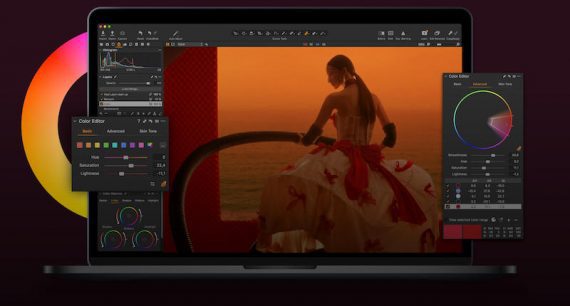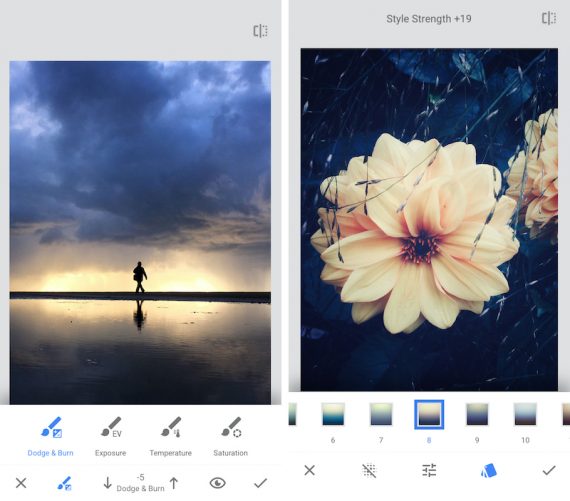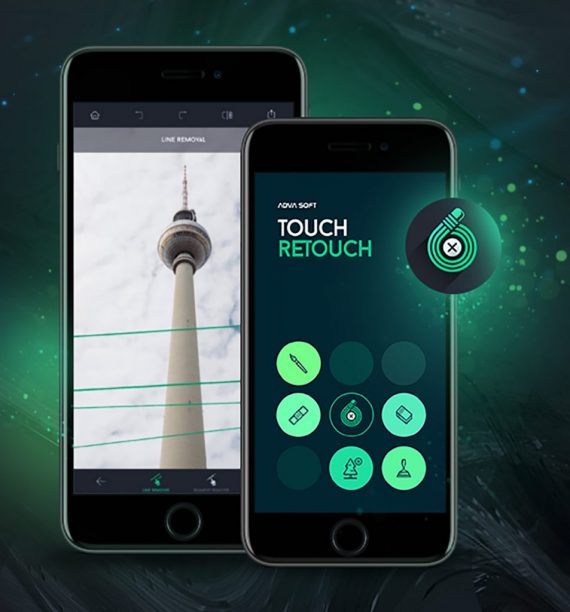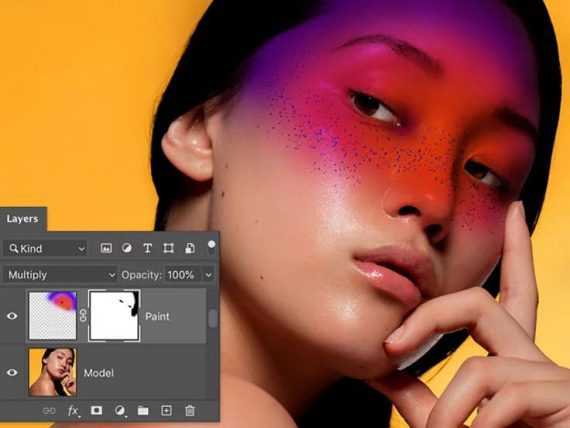Editing is a critical step in producing product photos that engage ecommerce shoppers. If you can’t make what you’re selling stand out, consumers will not likely buy it.
This is the 11th installment in my series on helping ecommerce merchants create better product images, following “Part 1: Choosing Backdrops,” “Part 2: Selecting Tripods,” “Part 3: Artificial Lighting Basics,” “Part 4: Angles and Viewpoints,” “Part 5: Choosing a Camera,” “Part 6: Selecting a Lens,” “Part 7: Magnification and Close-ups,” “Part 8: Composition Essentials,” “Part 9: Advanced Composition,” and “Part 10: Lines as Design Elements.”
In this and subsequent posts, I’ll turn to post-production topics. I’ll address the editing process, explaining how to use desktop and mobile software to create high-converting product images.
Desktop Apps
Capture One is a desktop editing program for Windows and macOS. I’ve never used it, but it is the first choice among many professional photographers. The software comes with extensive editing features with studios in mind. It has a steep learning curve, which likely means there are better options for most do-it-yourself merchants. Licensing starts at $294.00.

Capture One is the first choice among many professional product photographers, but It has a steep learning curve. Source: CaptureOne.com.
—
Adobe Photoshop is a desktop editing program you’ve presumably heard of. It’s an amazing tool in the hands of a skilled editor. For example, the Spot Healing feature can quickly remove unusual lighting reflections in an image. The Clone Stamp tool can hide a label or minor damage to a product you didn’t notice before the shoot.
But it does have drawbacks.
You’ll likely spend a lot of time learning the program if you’re unfamiliar. Like Capture One, the curve is steep. If you need to edit only a few images, a more user-friendly program could be a better option. I recommend Photoshop if you’re experienced and have the time to edit every detail of your image, especially now that Adobe has moved to a subscription model starting at $239.88 per year.
Adobe Lightroom Classic is a cloud-based, multi-platform editing software for iOS, macOS, Android, and Windows 10. It’s arguably the best desktop editing suite for most product photography needs. Lightroom’s features are mainly free to use without a subscription. It also has a user-friendly interface with slider-based tools and presets to ensure all of your images are consistent. Lightroom is an excellent option for beginners. You can start a project online using your mobile device or on a desktop, and all the edits will be automatically updated across all of your devices.
Lightroom offers compelling features, such as tethering, healing, and cloning tools; non-destructive editing; and near-universal file conversion. Plus, Lightroom’s popularity among photographers means there is an abundance of how-to guides and plugins for any competency level. The starting price ranges from $9.99 to $19.99 per month.
Adobe Lightroom Mobile is a mostly free application for iOS and Android devices to access all the features and functionality of Lightroom Classic but with the ease of use of touch-based controls. Lightroom Mobile sells thousands of presets for consistent editing in a simple, one-tap way.
Mobile Apps
You don’t need an Adobe Creative Cloud subscription and a semi-professional editing program to create stunning product images. Modern mobile applications can facilitate all editing needs. Here are three of my favorites.
VSCO is for shooting and editing images from a mobile device. Available for iOS and Android, VSCO costs about 19.99 a year. It is well worth it for a mobile camera that can shoot in RAW file format and control ISO (light), shutter speed, and white balance. Plus the editing tool is ideal for working with color, light, and contrast.
I use VSCO when working on the color of an image. The app comes with many excellent presets. It’s a good alternative to traditional desktop editing software.
—
Snapseed is a free mobile photo-editing app developed by Google for iOS and Android. The app has many professional-level tools, from adjusting an image’s white balance to changing its perspective and correcting imperfections. I use Snapseed to adjust the lighting in a specific part of an image and to add some additional area to a photo I’m posting online.

Snapseed, a free mobile photo-editing app developed by Google, has many professional-level tools. Source: IphonepPhotographySchool.com.
—
TouchRetouch is an inexpensive app for quickly retouching quality images. It’s available for iOS and Android. TouchRetouch can remove objects and lines from images and has a quick repair tool that works wonders. It’s my go-to solution for cleaning up imperfections. It costs just $2.79.

TouchRetouch can remove objects and lines from images and has a quick repair tool. Source: IphonepPhotographySchool.com.
Consistency Is Key
Clean, level, aesthetically pleasing product photos are essential. But so is consistency. All of the images on an ecommerce website should go together. Create a formula with presets for programs such as Lightroom, or find a filter on VSCO, to achieve a consistent look across all photos. It’s the consistency that makes your site and its products attractive and engaging to shoppers.




